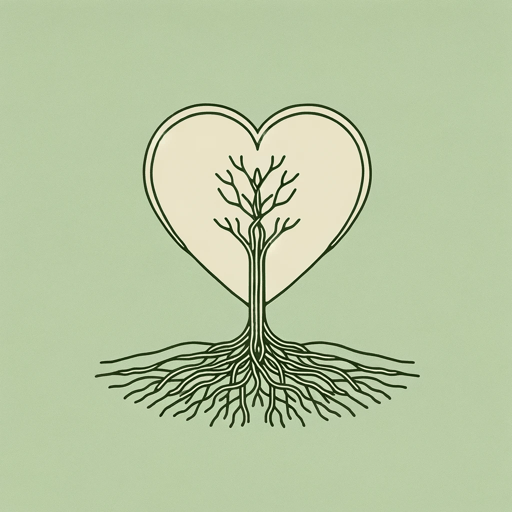47 pages • 1 hour read
Resmaa MenakemMy Grandmother’s Hands: Racialized Trauma and the Pathway to Mending Our Hearts
Nonfiction | Book | Adult | Published in 2017A modern alternative to SparkNotes and CliffsNotes, SuperSummary offers high-quality Study Guides with detailed chapter summaries and analysis of major themes, characters, and more.
IntroductionChapter Summaries & Analyses
Introduction Summary: “Do Not Cross This Line without Authorization”
Menakem argues that white supremacy exists primarily in the body, not in the cognitive brain. To do away with white supremacy, Americans must confront these elemental forces. All white people benefit from white supremacy, regardless of their beliefs. Menakem coins the term white-body supremacy to articulate this concept. Social and political action will not end white-body supremacy. Healing trauma is the only path forward. Menakem cautions readers who blame Black people for racial tensions not to read his book.
Introduction Summary: “Watch Your Body”
This short section prepares readers for the body practice exercises that lie ahead. Menakem cautions white readers that their bodies may reflexively constrict as they confront difficult truths about white-body supremacy. Black readers may experience shock followed by a rush of energy in the form of joy, anger, or clarity. Law enforcement officials may experience both sets of sensations. Menakem instructs readers to take note of their bodily reactions, experience them fully, and then let them go.
Introduction Summary: “Acknowledging Our Ancestors”
Bodies only exist in the present. However, Menakem traces two streams of trauma from the past to the present. One is European trauma from the Middle Ages, which passed to the Americas via colonists. The second is the trauma colonists instilled in Africans forcibly imported to North America as slaves.

